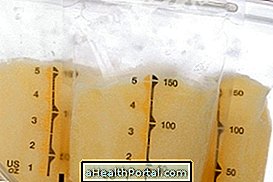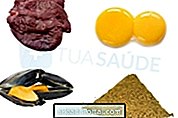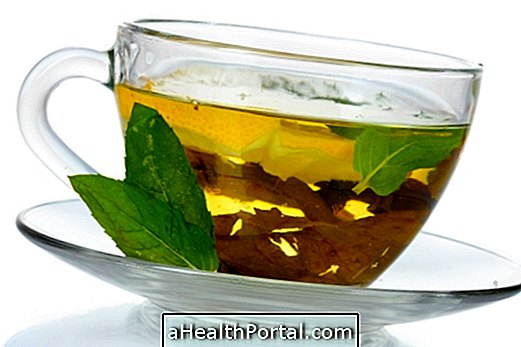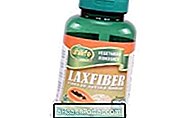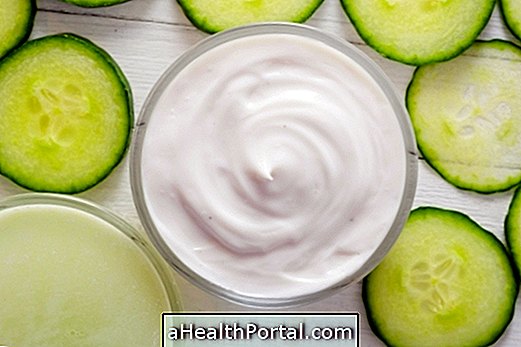The main benefits of Himalayan rose salt are its higher purity and lower amount of sodium when compared to ordinary refined salt. This feature makes Himalayan salt an excellent substitute, especially for hypertensive people, people with kidney failure, and fluid retention problems. Check out the amount of sodium of several types of salt here.
Another difference that also deserves mention is the lower concentration of iodine in the pink salt, since it comes from a region naturally poor in this mineral and is not added by the industry, as in the case of common salt.
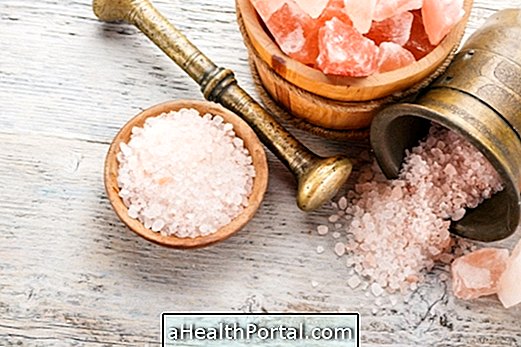
Origin and properties of rose salt
The color, texture, humidity and shape of a salt depends on its origin. In the case of pink salt, it is taken from the Himalayan mountain range, a set of mountains covering five countries: Pakistan, India, China, Nepal and Bhutan. Its largest production comes from the Khwra mine in Pakistan and is the second largest salt mine in the world.
The formation of the pink salt happened when volcanic lava found salt deposits created when the sea waters still reached the mountains of the Himalayas, protecting the salt from all pollution and keeping it in a clean environment, which causes the pink salt of the Himalayas is considered the purest salt of the planet and has a composition that includes more than 80 elements, such as calcium, magnesium, potassium, copper and iron, which is responsible for the pink coloration of the salt.
How to Use Pink Himalayan Salt
Its taste is softer than that of ordinary salt and does not interfere with the preparation of the dishes, so it can perfectly replace the refined salt in the preparation and the table. Foods with large amounts of water and salt that quickly absorb salt, such as fish and seafood, vegetables are delicious with pink salt, as it does not steal the taste of food.
Being an integral salt, the pink salt is found for sale in grains, so a salt grinder can be very useful to facilitate the seasoning of the food.
An important tip is to carefully weigh the amount used when cooking or tempering the dish. By containing less sodium and having a more delicate flavor, it can lead to overuse, which is not good for health. So a good idea to get the perfect flavor is to combine it with other natural seasonings such as garlic, onion, parsley and chives, for example.
Another way to include the pink salt is in the presentation of the dishes. It can also be found in blocks that can be heated to prepare and serve vegetables, fish and shrimp.
How To Recognize True Pink Salt
The best way to recognize whether the salt is true or false is by mixing it with about 2 tablespoons into a glass of water. If the water becomes pink or reddish, probably the salt is false, because the true salt leaves the water only cloudy and does not loose color.
Where to buy
Himalayan salt can be found in natural food stores or in the healthy eating section of supermarkets. Its price ranges from 25 to 50 reais per kilogram, although it is also found in smaller packages or with grinder included.
